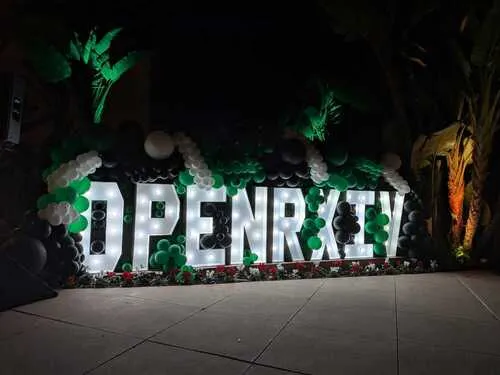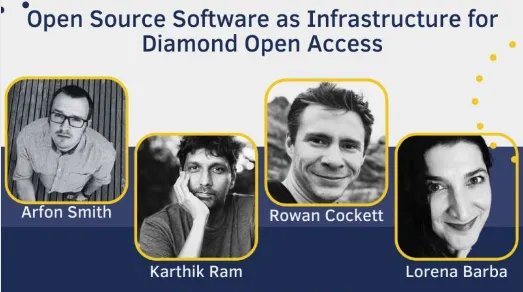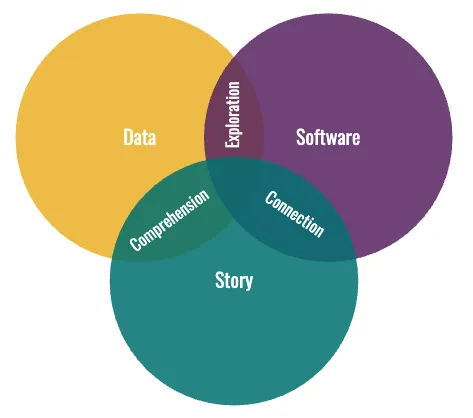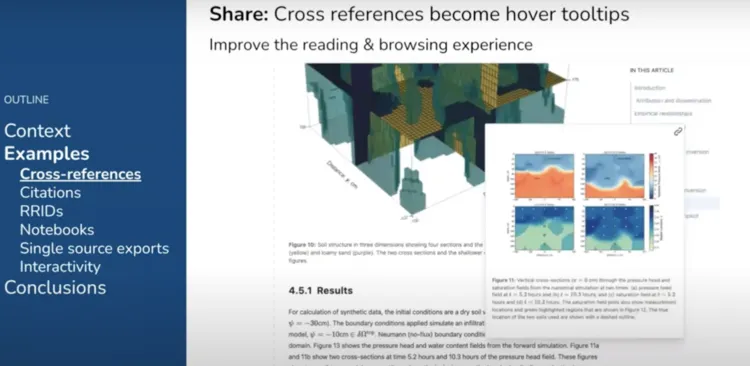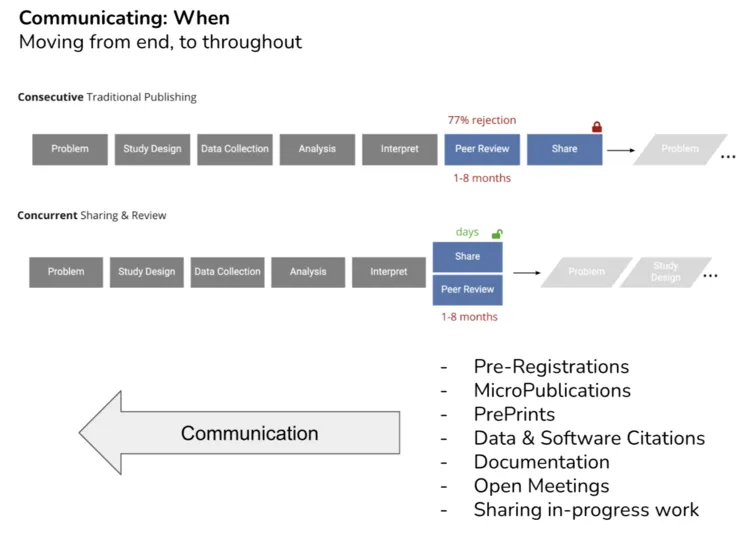Preserving Executable Research Content
A New FORCE11 Working Group
Rowan Cockett, CEO of Curvenote, is helping to lead a FORCE11 working group focused on Preserving Executable Research Content: Challenges, Frameworks, and Best Practices. The FORCE11 community is focused on the digital transformation of scholarly communication and gathers leading thinkers, researchers, and innovators from around the globe. Our mission at Curvenote is to bring interactivity, execution and computation directly into the way that science is communicated and published — improving reproducibility and accessibility of ideas.
Curvenote has launched several innovative new journals with our partners over the last few years, including Elemental Microscopy and our partnership with the American Geophysical Union on Notebooks Now!. Curvenote knows firsthand the challenges involved in ensuring that the research that we help publish is available and working for years to come and also degrades gracefully when interactivity or computational dependencies start to break down. This is not a small feat with the complexity of modern research and requires more investment in standardized approaches across the scientific publishing communities.
Challenges of Executable Research Content¶
Research today extends beyond static text. It includes interactive elements—code, data, and computational environments—that are integral to scientific discovery. Communicating this as part of the standard way we publish scientific research is our mission at Curvenote. However, as technologies evolve and external services change, ensuring long-term access to dynamic or computational content presents significant challenges for the entire scientific community. Common issues include:
- Data Access: APIs and external data sources can become outdated or unavailable.
- External Services: Integrated services may be deprecated, disrupting the reproducibility of research.
- Containerized Code: Despite tools like Docker, evolving dependencies, or external requirements and libraries can lead to functional breakdowns over time.
Addressing these challenges requires the development of robust standards and frameworks that draw on the expertise and experiences of multiple communities. By establishing guidelines for the graceful degradation and preservation of interactive research content, we can help ensure that the scientific record remains intact and accessible for future generations — while also pushing on the boundaries of how we communicate research findings.
Working Group Overview¶
The FORCE11 working group, “Preserving Executable Research Content: Challenges, Frameworks, and Best Practices”, is led by Rowan Cockett, CEO of Curvenote, and Sam Teplitzky, an open-science librarian at Berkeley. The group aims to bring researchers, tool-makers, and open-source developers and thought leaders from diverse scientific communities to address the challenges of preserving computational notebooks and interactive research artifacts over time. We will explore strategies that support the long-term preservation of computational and interactive research content. Our discussions and efforts will include:
- Ecosystem Scan
- Evaluating current computational and interactive publishing practices to identify preservation challenges across different scientific disciplines.
- Graceful Degradation Framework
- Developing guidelines that ensure computational articles maintain functionality over time, even as technological landscapes shift or degrade.
- Preservation Checklists
- Creating actionable checklists for various stakeholders, including authors, publishers, and standard-setting bodies.
- Case Studies
- Showcasing successful preservation workflows to highlight best practices and lessons learned.
The insights and outputs from this collaborative effort will be shared through preprints, detailed articles, and conference presentations, helping to set new standards in scientific publishing with the goal to enable computational articles at scale.
Why Join This Initiative?¶
The preservation of executable research content is a shared challenge across the scientific ecosystem. By coming together in this community venue at FORCE11, we can highlight and inform standards to ensure computational research articles remain reproducible, accessible, and resilient against technological shifts or degradations. Whether you’re a researcher, open-source developer, standards advocate, librarian, or policy maker, your expertise is invaluable to this mission.
Whether you want to receive updates, contribute ideas, give a presentation on an approach, or join the core working group team, your participation will help shape the future of scientific communication and ensure that computational research will be archived for the long-term. We invite you to either follow along with this transformative initiative or join the core working group. The core working group will be 4-6 people who will meet monthly and work together in 2025 and early 2026.
Get Involved¶
Sign Up to express your interest, receive updates, or learn how you can contribute.
